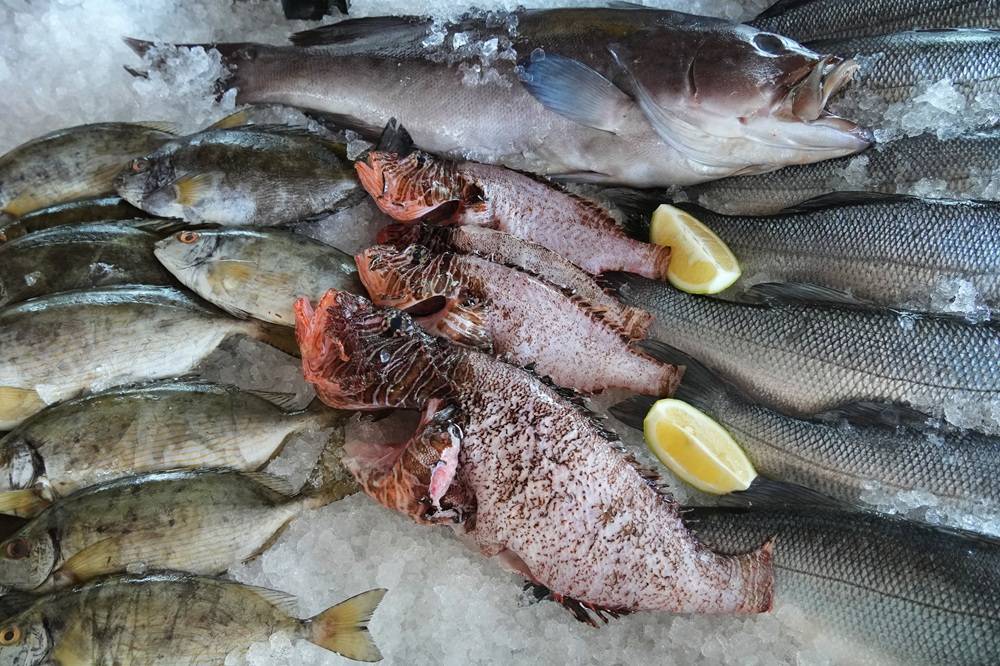Animal lovers now have a place to hang out with the "it" animals of the moment — big furry rodents.
In the back of a real estate office building in what is known as America's oldest city, capybaras are crawling into visitors' laps, munching on corn on the cob and hunting for scratches from humans at The Capybara Cafe in St. Augustine, Florida.
"You give them lots of scratches and love," said Stephanie Angel, who opened The Capybara Cafe late last year. "A lot of times they’ll climb on your lap because they’re very used to people, and if you’re really good at giving scratches, they’ll actually fall over. So that’s always our goal to get them so comfortable that they fall over."
Since opening its doors in October in downtown St. Augustine, near the Flagler College campus, hundreds of animal lovers have visited the site to give the capybaras head scratches. Reservations are booked several months in advance by patrons like Leah Macri, who recently visited the northeast Florida location from Orlando with her daughter.
"Their fur kind of feels like straw a bit," Macri said.
After entering a reception area with couches and an open pen of baby chicks, visitors are escorted into a smaller room in groups of a half dozen or so people. Blankets are placed over their laps, and three capybaras are brought into the room. Other animals like a skunk, wallaby and armadillo are also introduced into the room, and they crawl among the humans and into their laps. The cost is $49 per person for a half-hour encounter, and $99 for an hour-long encounter that involves the other animals.
Even though she had come for the capybaras, Macri enjoyed holding the armadillo the most.
"He was the cuddly, like the best. He was just the softest," she said. "He was just very sweet."
The capybara — a semi-aquatic South American relative of the guinea pig — is the latest in a long line of "it" animals to get the star treatment in the United States. During last year's holiday shopping season, shoppers could find capybara slippers, purses, robes and bath bombs. Axolotls, owls, hedgehogs, foxes and sloths also had recent turns in the spotlight.
The web-footed capybaras can grow to more than 4 feet (1.2 meters) long and weigh well north of 100 pounds (45 kilograms).
Several zoos and wildlife parks across the US offer encounters with capybaras, but Angel said none of them provide the intimacy with the animals that visitors get at the Capybara Cafe.
Angel said she plans to open another capybara cafe across the state in St. Petersburg, Florida, soon. The St. Augustine location doesn't sell coffee or hot food, like a cafe implied in its name, but it does sell capybara-themed T-shirts, coffee mugs and stuffed animals.
The cafe was created to financially support the Hastings, Florida-based nonprofit Noah's Ark Sanctuary Inc., an animal refuge, Angel said.
Chris Cooper, who visited the Capybara Cafe with his wife, was surprised at how rough and coarse the capybaras' hair was.
"And I wasn't expecting how affectionate they were," said Cooper, who drove up 157 miles (253 kilometers) from Weeki Wachee to see the critters. "They enjoyed the hands-on rubs."










